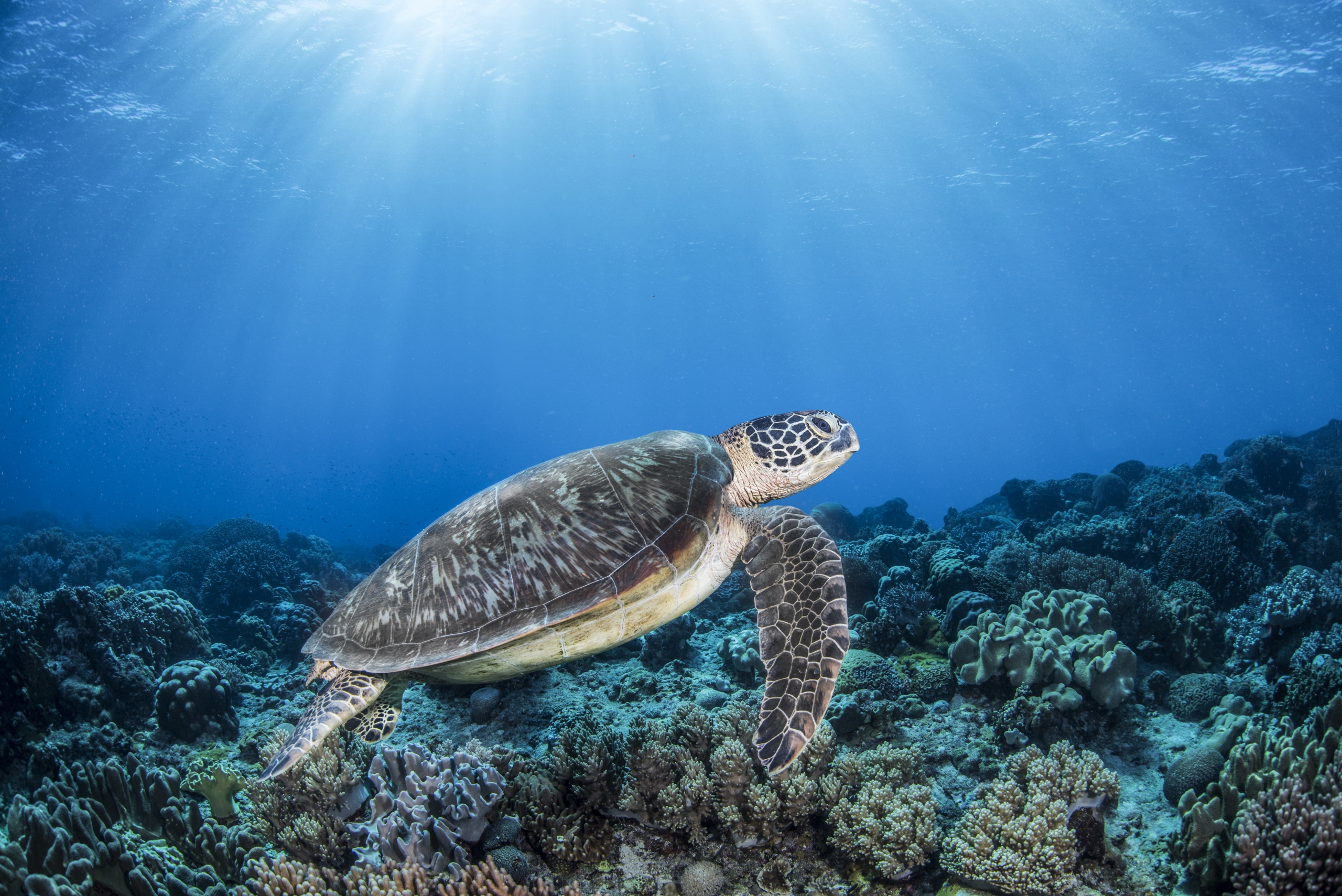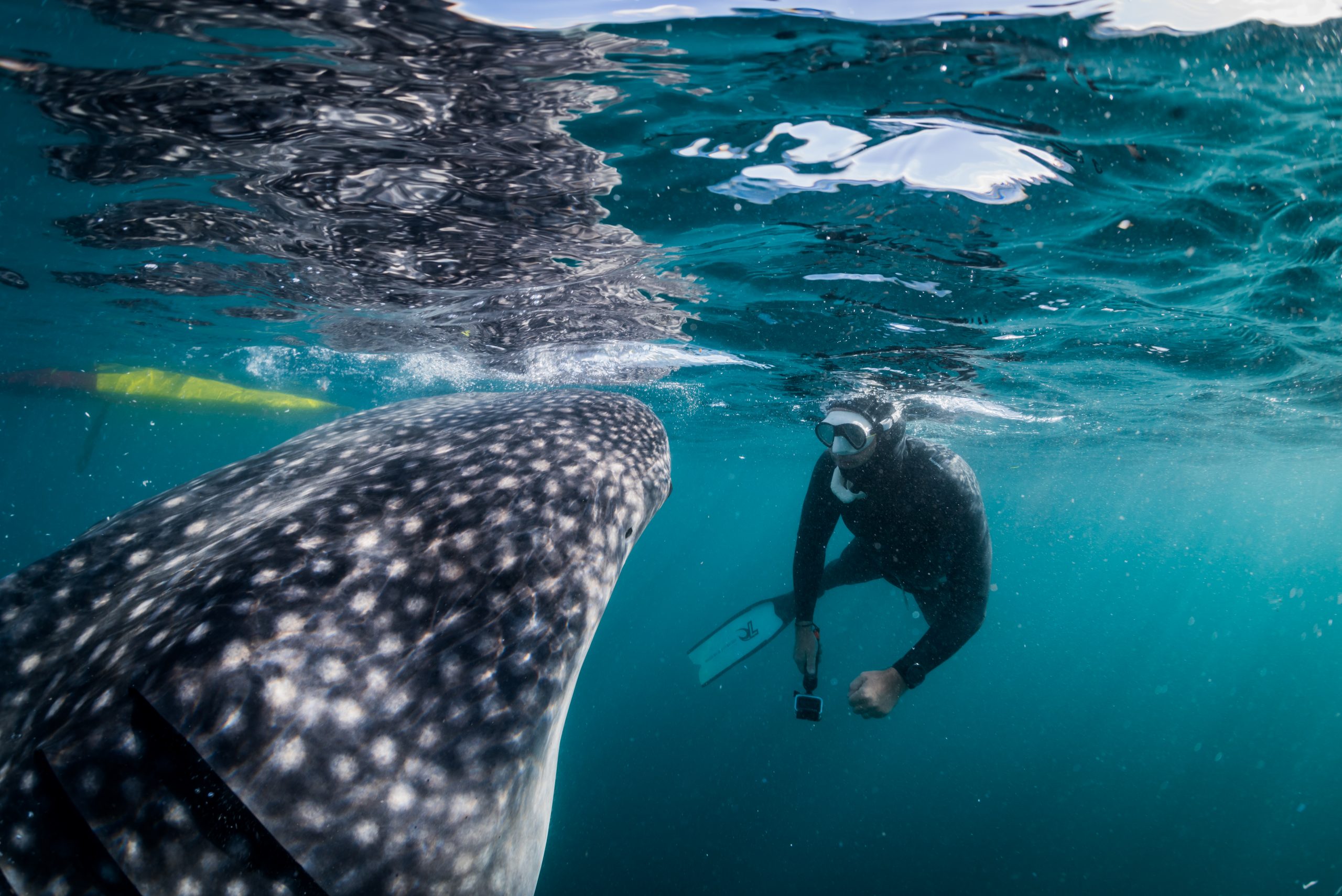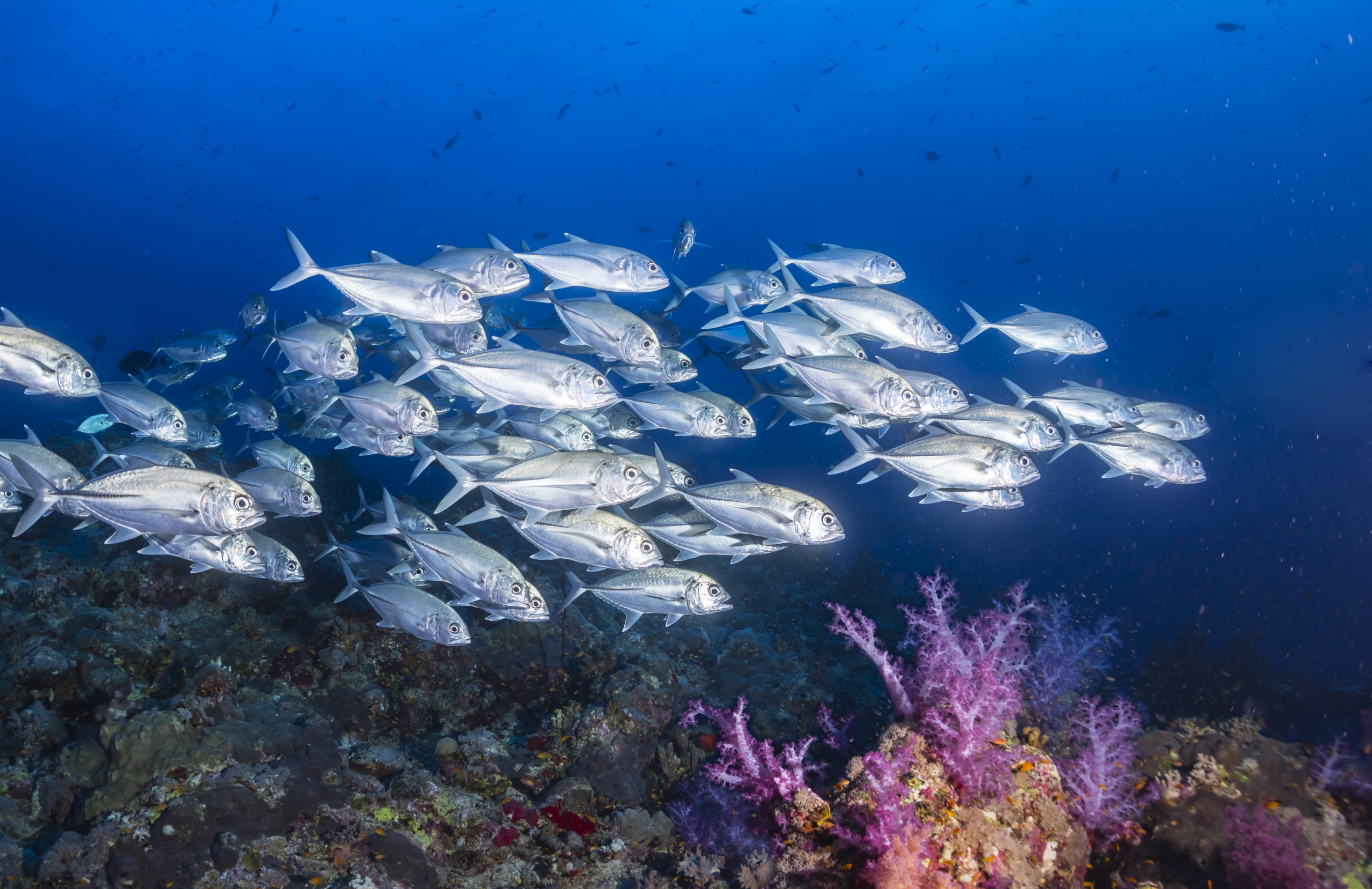The Project
7Oceans | 7 Problems | 77 Feet
-
Shark Finning
100 million sharks are being killed every year.Shark finning is the practice of removing the shark’s fins after it has been caught in a fishery. The fins are kept, and the body of the shark is typically returned to the sea, often while the shark is still alive. Unable to swim or pass water across its gills, the shark dies from suffocation, blood loss or predation by other species. Only the fins are kept because shark fins are now among the most expensive seafood items in the world with retail values of over US$ 400 per kilogram (Clarke 2004).
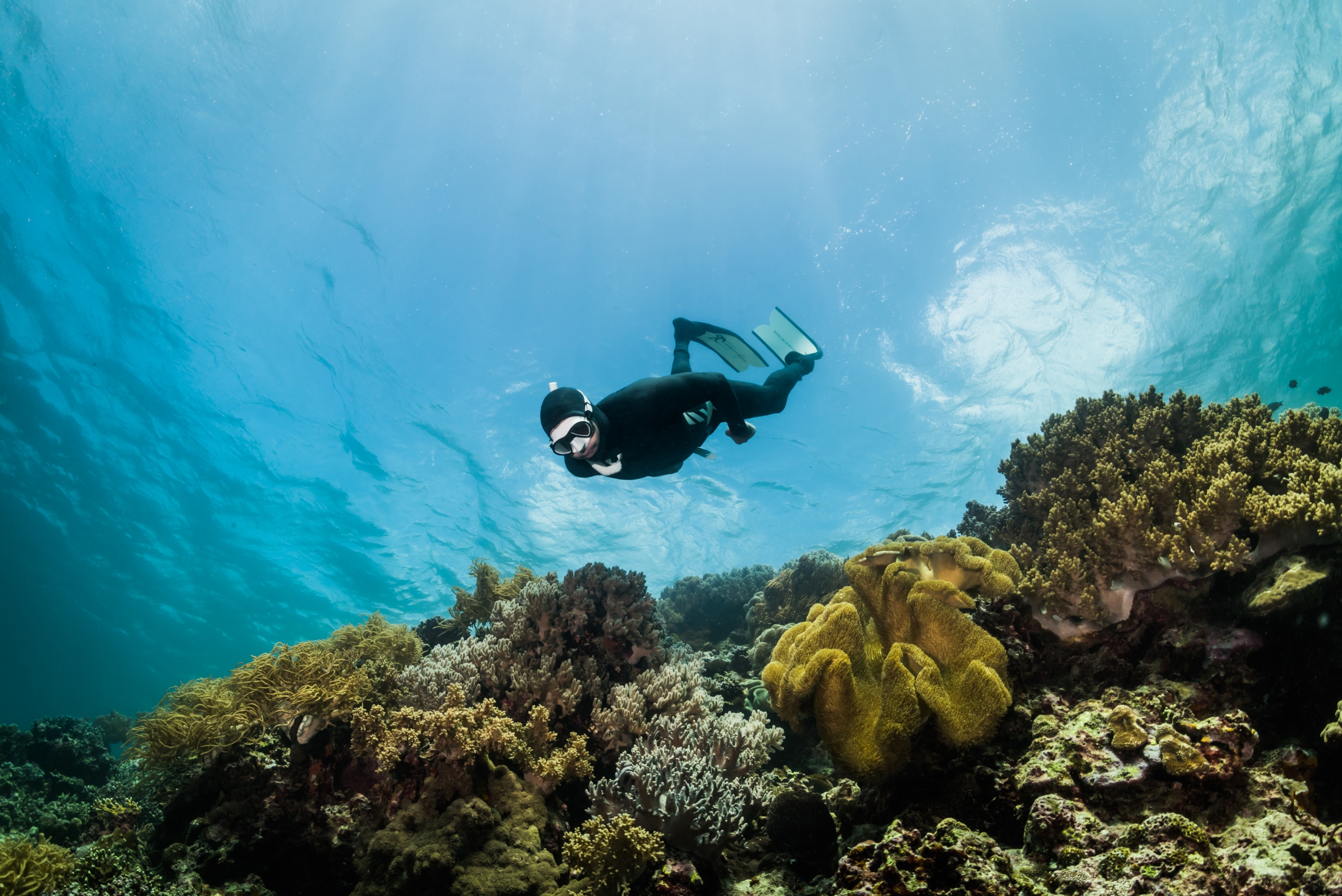
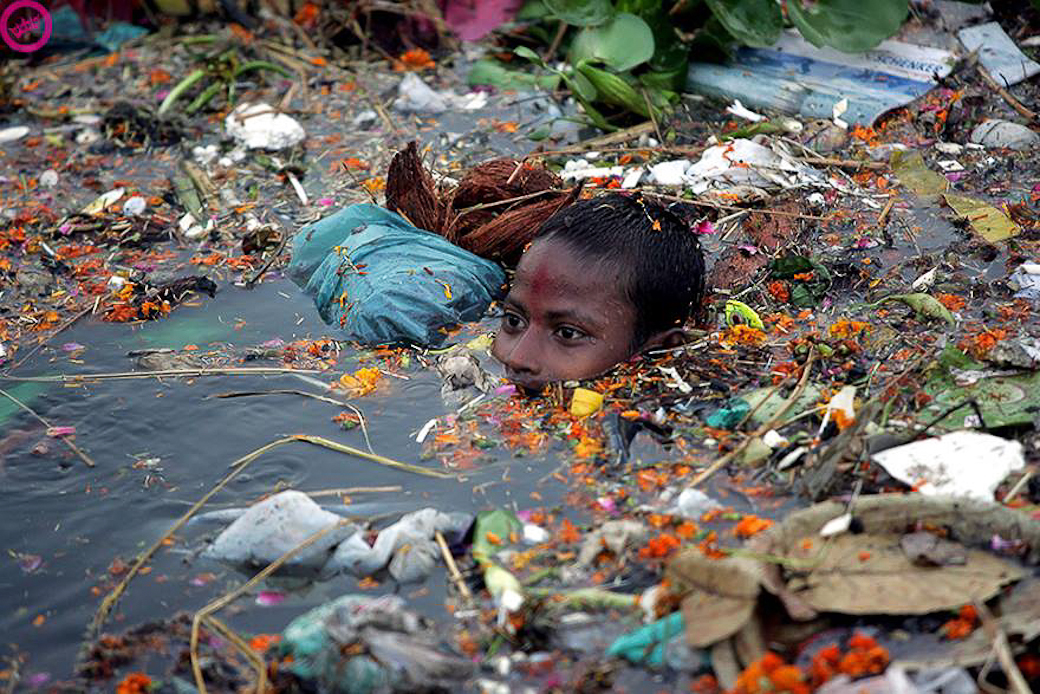
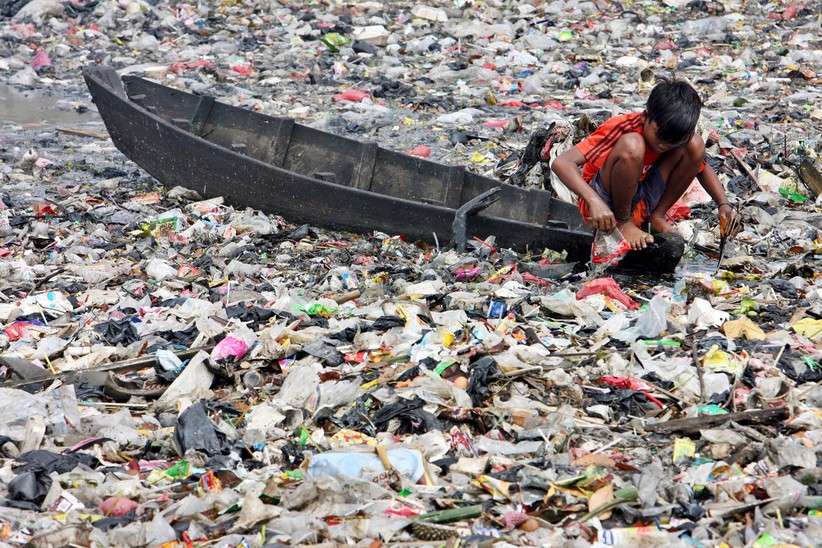
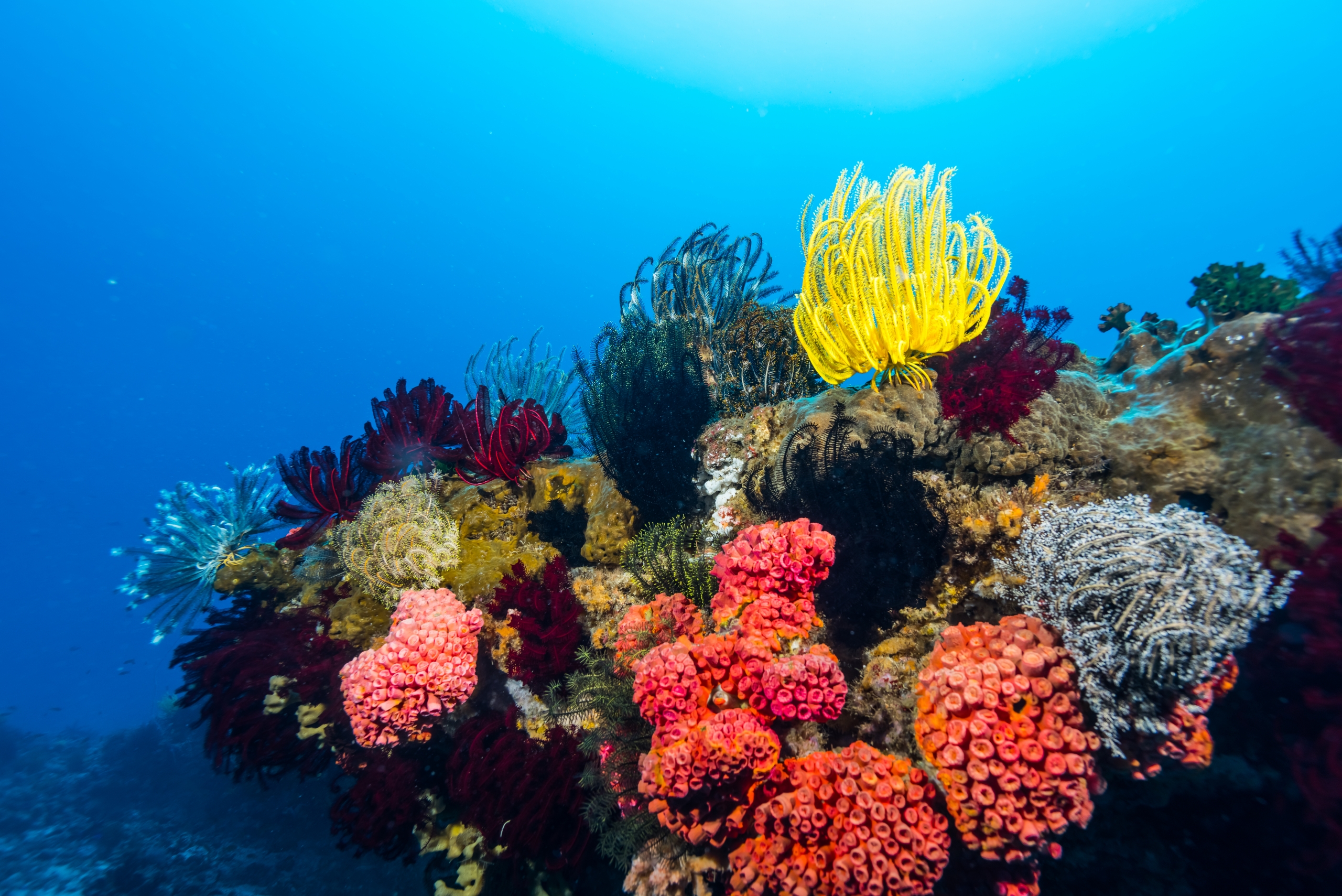
-
Plastic Waste Pollution
By 2050 there will be more plastic than fish in the oceans. The global production of plastics in 2014 was 311 million tonnes. It has been estimated that in 2010 alone, between 4.8-12.7 million metric tons of plastic found their way into our oceans. Plastic debris and microplastics is transported by ocean currents across borders.It is found everywhere, even on the remotest shores of uninhabited islands, in the Arctic ice, the deep ocean and in a broad array of marine organisms.
-
Coral Bleaching/Climate change
- 50% or 300.000sqm of the world’s corals are dead, it corresponds to 2.5x of the size of Austria.
- Only 3% of the world’s oceans are protected.
- Coral reefs are highly sensitive to climatic influences and appear to number among the most sensitive of all ecosystems to temperature changes, exhibiting the phenomenon known as coral bleaching when stressed by higher than normal sea temperatures.
- Above-average sea water temperatures caused by global warming is the leading cause of coral bleaching. According to the United Nations Environment Programme, between 2014 and 2016 the longest recorded global bleaching events killed coral on an unprecedented scale. In 2016, bleaching of coral on the Great Barrier Reef killed between 29 and 50 percent of the reef’s coral. In 2017, the bleaching extended into the central region of the reef. The average interval between bleaching events has halved between 1980 and 2016.
-
Overfishing
In trawling, more than 90% is just bycatch.
Ocean overfishing is simply the taking of wildlife from the sea at rates too high for fished species to replace themselves. The earliest overfishing occurred in the early 1800s when humans, seeking blubber for lamp oil, decimated the whale population. Some fish that we eat, including Atlantic cod and herring and California’s sardines, were also harvested to the brink of extinction by the mid-1900s.
Highly disruptive to the food chain, these isolated, regional depletions became global and catastrophic by the late 20th century.
In the mid-20th century, international efforts to increase the availability and affordability of protein-rich foods led to concerted government efforts to increase fishing capacity. Favourable policies, loans, and subsidies spawned a rapid rise of big industrial fishing operations, which quickly supplanted local boatmen as the world’s source of seafood.
-
Ghost net
If you tie all ghost nets together you can span it 33x around the world.
Fishing gear has been lost, abandoned or otherwise discarded in all seas and oceans ever since fishing began. The extent and impacts of the problem have increased significantly over the last 50 years with the increasing levels of fishing effort and capacity in the world’s oceans and the increasing durability of fishing gear. Fishing activity has now extended to previously untouched offshore and deep-sea environments, which are often very sensitive to the impacts of abandoned, lost or otherwise discarded fishing gear.
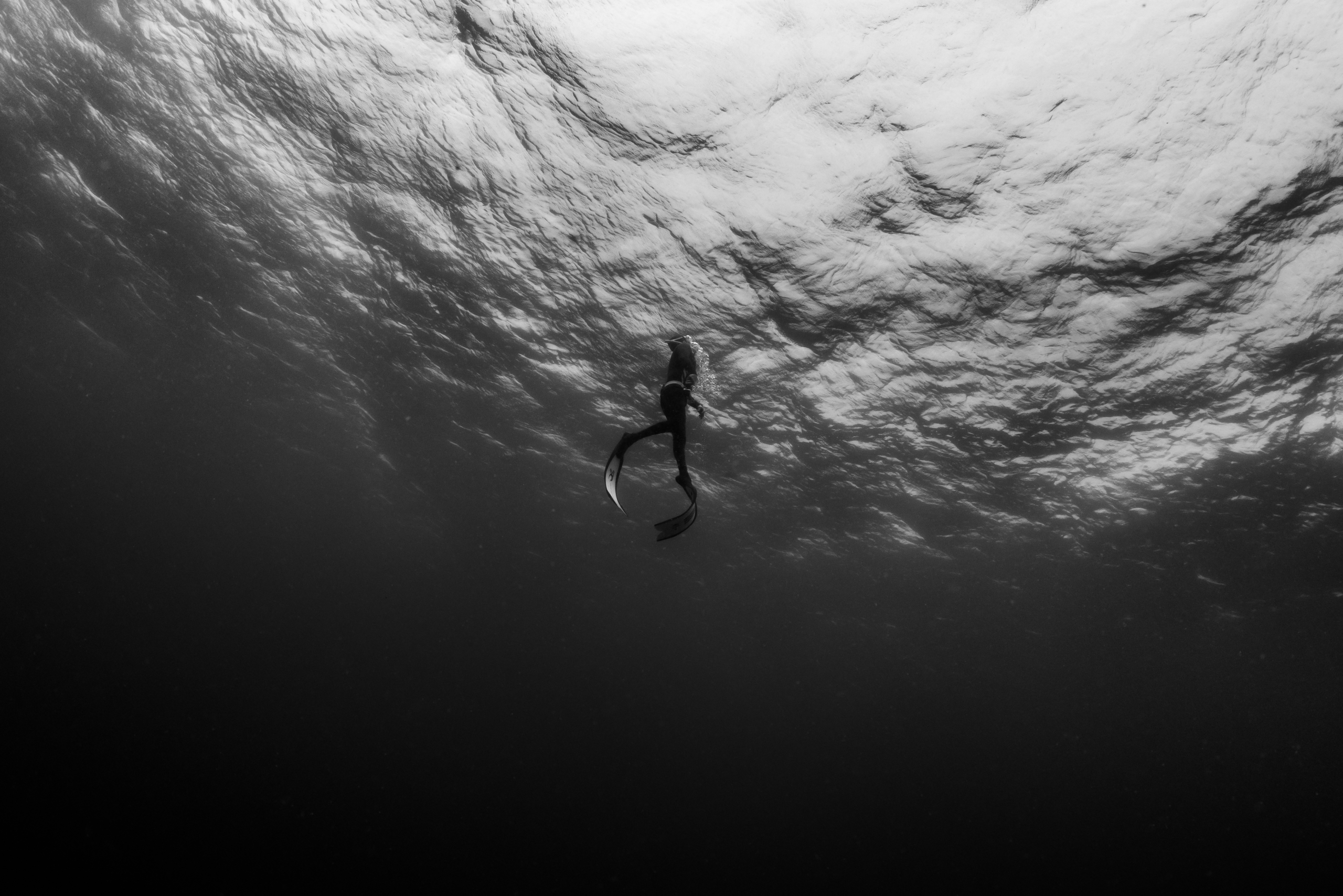

-
Deep Sea Exploration
In the Deepwater Horizon accident, 770 million liter of crude oil went into the sea. This corresponds to about 12,8 million tank fillings.
Offshore drilling operations create various forms of pollution that have considerable negative effects on marine and other wildlife. These include drilling muds, brine wastes, deck runoff water and flowline and pipeline leaks. Catastrophic spills and blowouts are also a threat from offshore drilling operations. These operations also pose a threat to human health, especially to oil platform workers themselves.
Drilling muds and produced water are disposed of daily by offshore rigs. Offshore rigs can dump tons of drilling fluid, metal cuttings, including toxic metals, such as lead chromium and mercury, as well as carcinogens, such as benzene, into the ocean.
-
Ship Wrecks
- It is estimated that more than 3 million ship wrecks are in the oceans. Those ship wrecks create some new habitat for fishes and for divers it is also an great adventure. Corrosion caused by the salt water is a ticking time bomb, especially with the shipwrecks from the 2nd world war.
- Shipwrecks, ocean acidification and the dumping of waste into oceans are among the biggest sources of marine pollution. Some 75% of sunken wrecks date back to the Second World War and is also called the biggest Museum for war relicts. Their metal structures are ageing, and their metal plates are deteriorating, thus threatening to release their contents into the ocean due to the effects of corrosion.
- This is not only a problem, it also causes a new habitat. Reefs are important and diverse marine ecosystems in which small organisms like algae and coral form complex structures that attract other fish and marine life. Humans have been creating artificial reefs accidentally for as long as we’ve been sailing ships (and occasionally sinking them). And we’ve been creating them deliberately to attract marine life for at least four hundred years.
- Over the past several decades, people all over the world have sunk ships, aircraft carriers, old tires, and even New York City subway cars to create artificial reefs. For a long time, the costs sometimes outweighed the benefits. Many structures sunk in the past weren’t cleaned well and leached toxic chemicals into the ocean. Others, like the tires, broke apart and damaged natural coral reefs.


